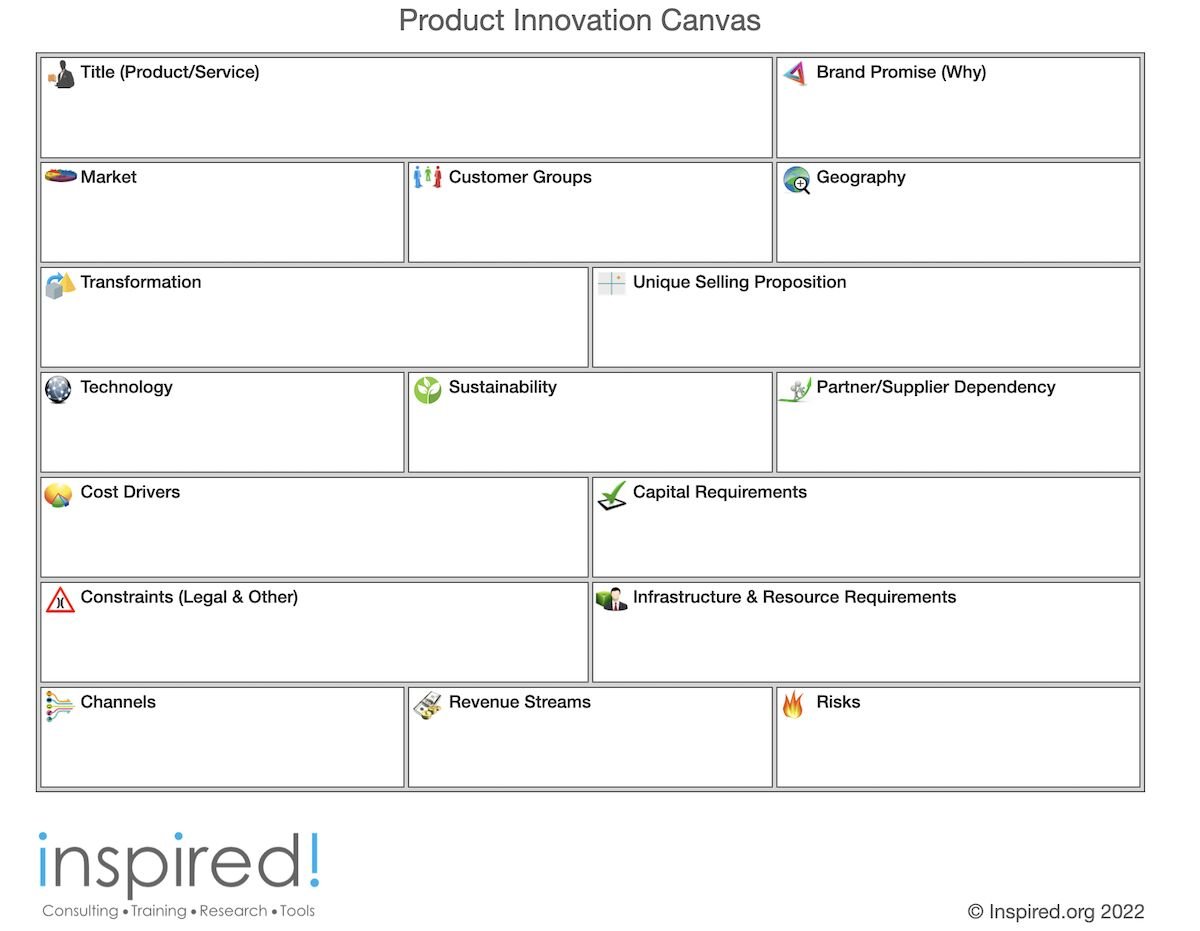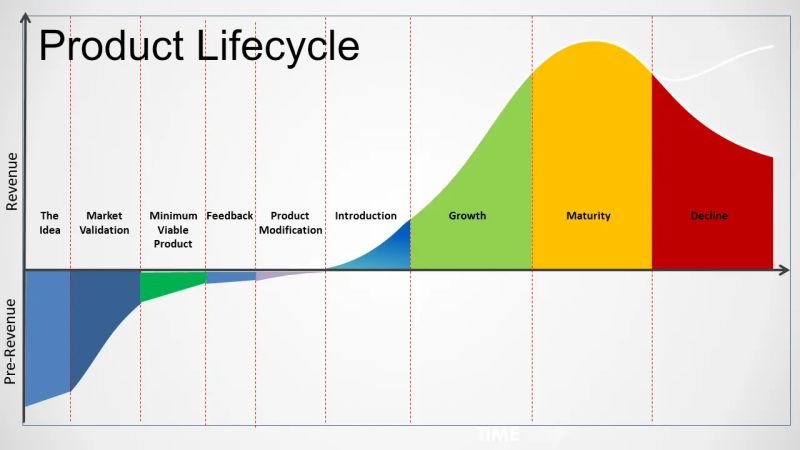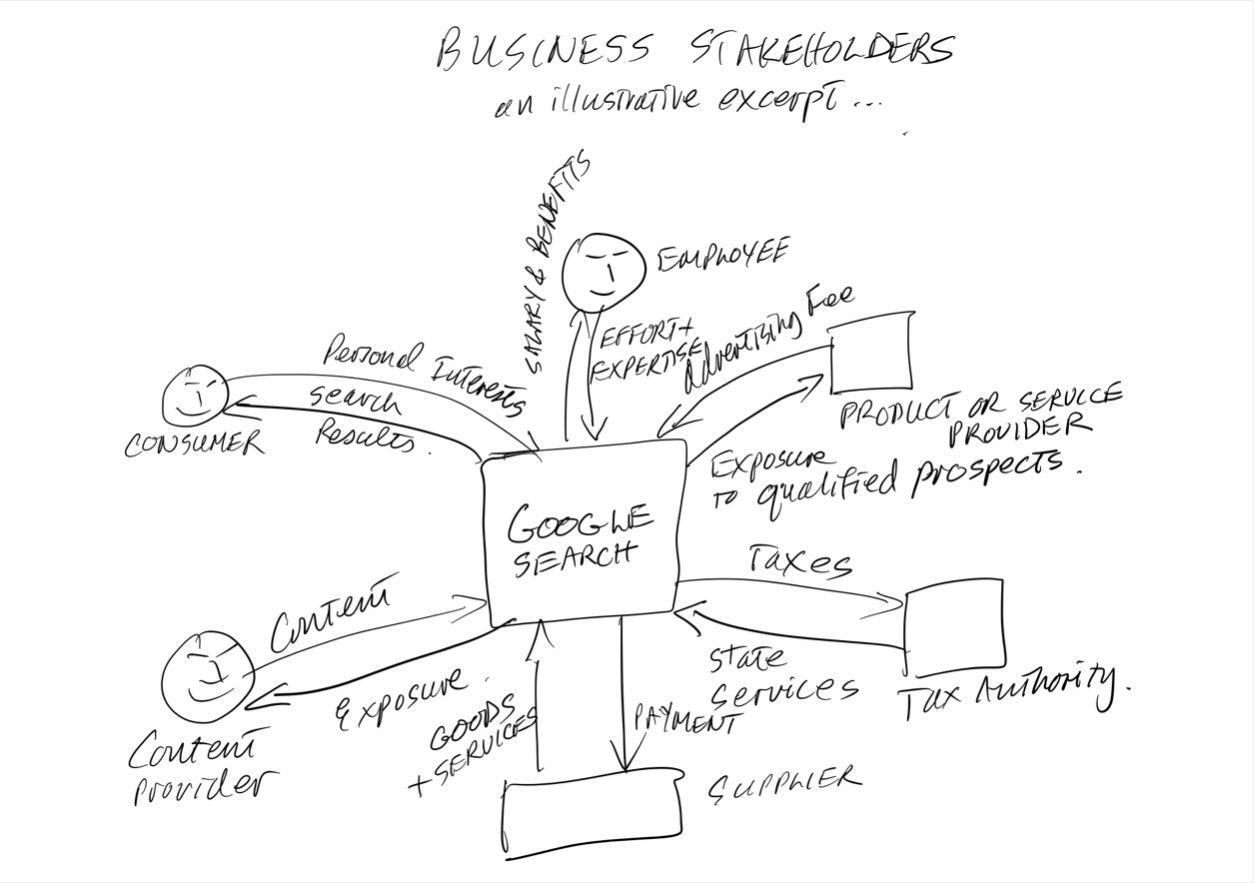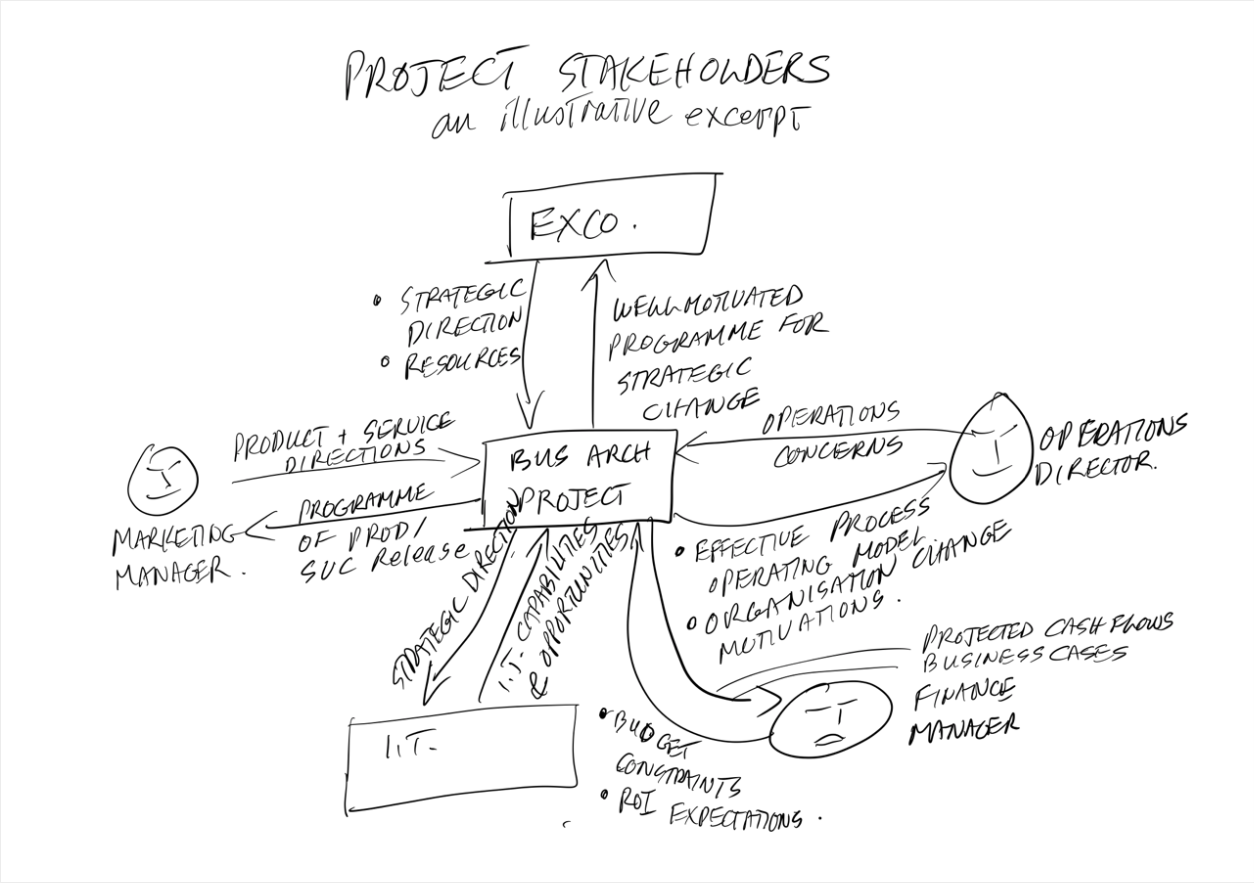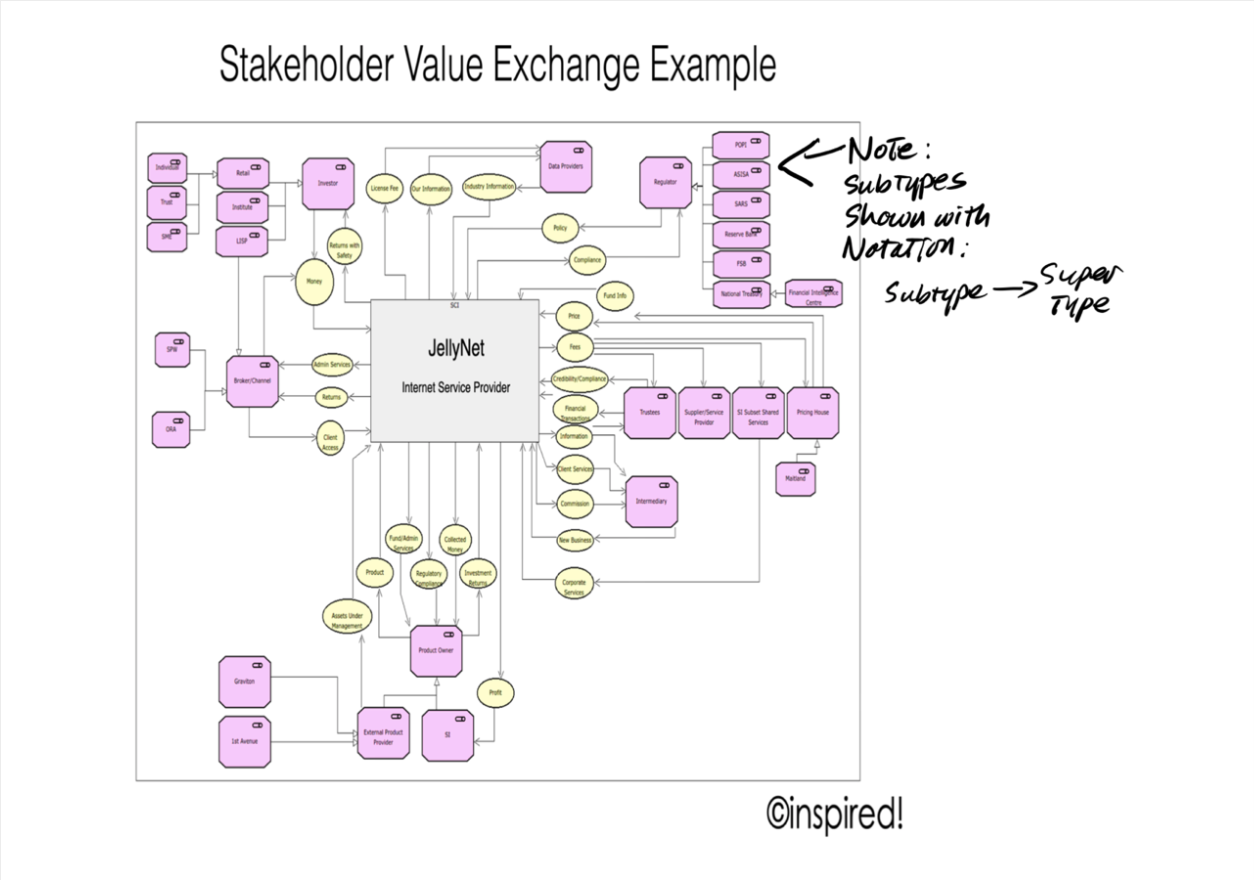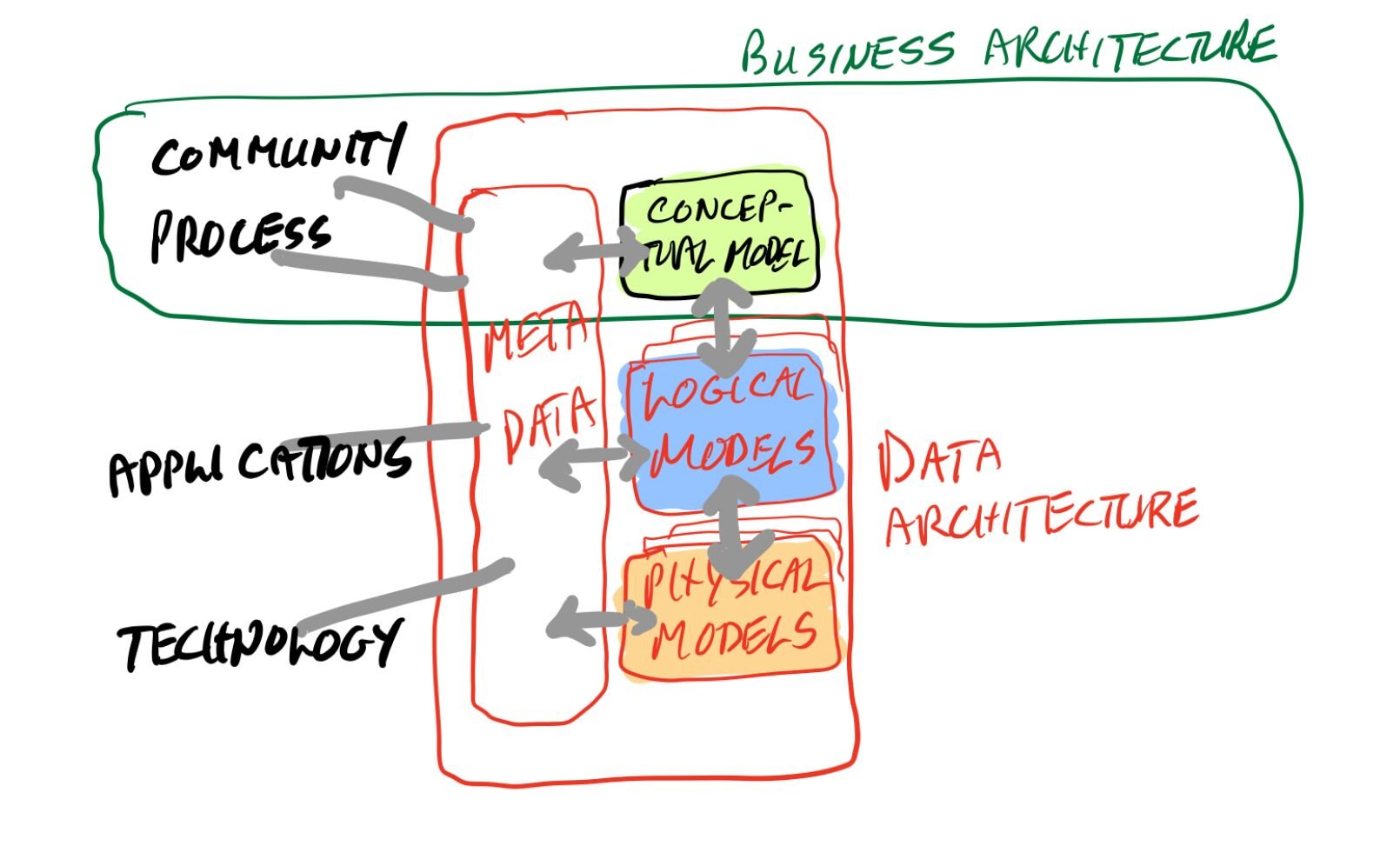In the earlier posts we covered what a product/service/business model innovation might look like and how to generate ideas. Here we summarise general guidelines we can leverage when contemplating product and service options:
Does it provide a recognisable and desired transformation?
Does it offer exceptional client value?
Is it easy and convenient to find, evaluate, acquire, migrate to, use, integrate, upgrade?
Does it generate an emotional response in the client?
Is it a blue ocean play that will encounter minimum competition and still attract a premium price?
Can it be sustainably and profitably offered at scale?
Have we used all options to reduce capital dependency, to minimise physical components, increase intelligence/utility and to streamline production, duplication, delivery and servicing?
Is it a win for the customer, us, suppliers and society at large?
Have we contemplated constraints and risks and ameliorated these as much as possible?
Have we created unique benefits which will be difficult to replicate?
Is there a “unique selling proposition” / “purple cow” - i.e. will it stand out as something different and worth consideration?
Have we formulated metrics to track performance and improve benefits through the lifecycle?
Getting there may not be a linear path. We may have to ideate, evaluate, prototype, iterate, pivot, etc. until we get it right.
Summary: Provide more value to customers, more conveniently, quickly, cheaply, sustainably and repeatedly (while ensuring we can sustain delivery, margin and ameliorate risks). The associated canvas may help to consider all the dimensions.
#Product #Service #Strategy #Innovation #BusinessArchitecture #EnterpriseArchitecture #Canvas
